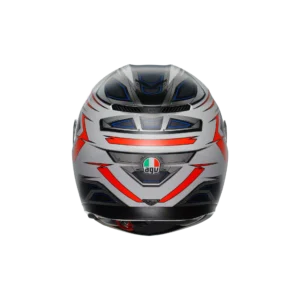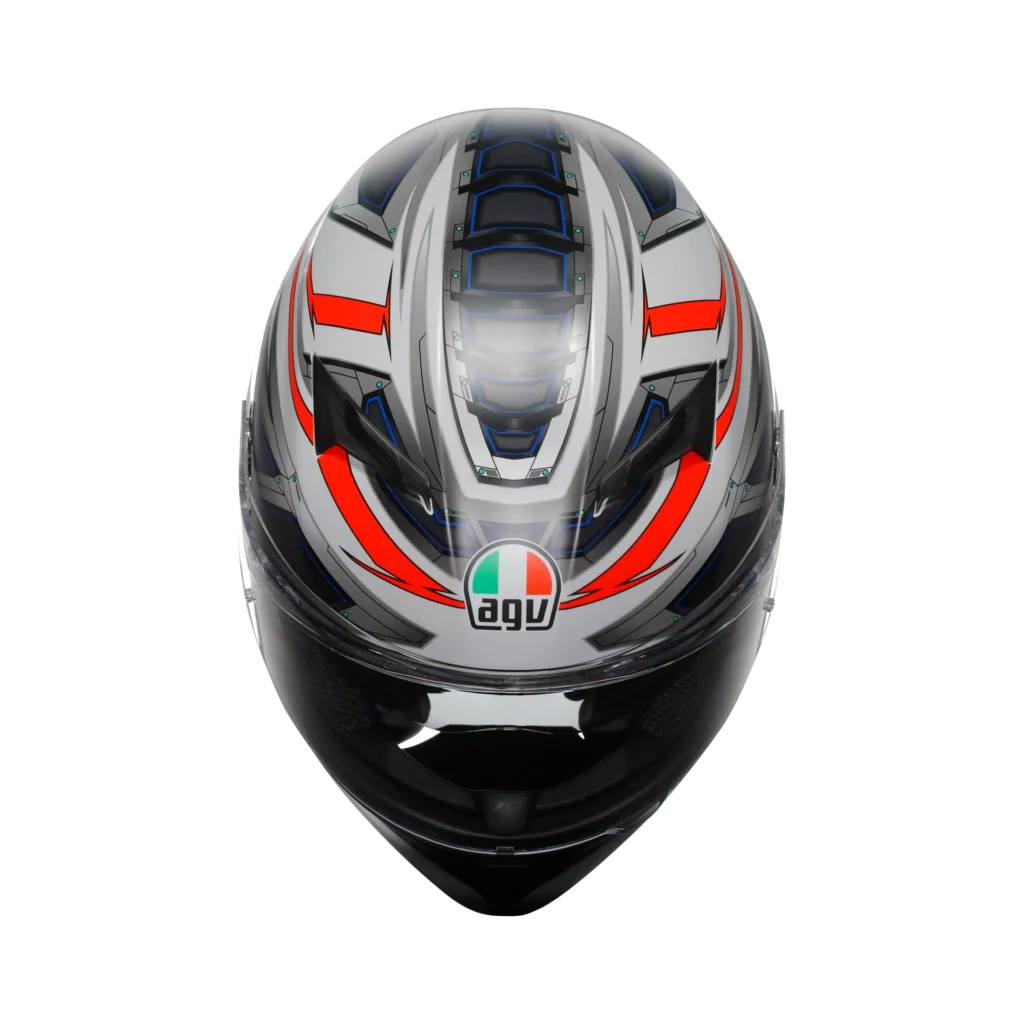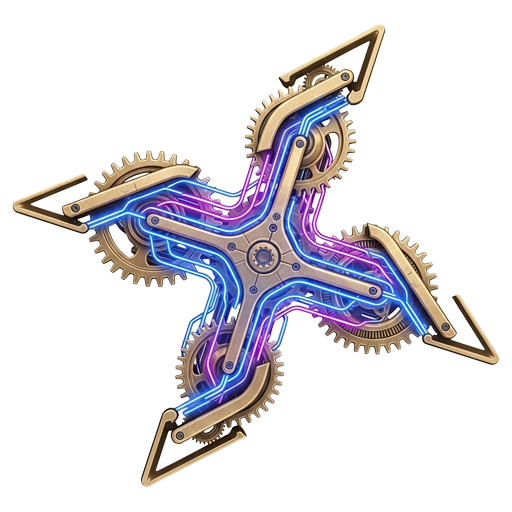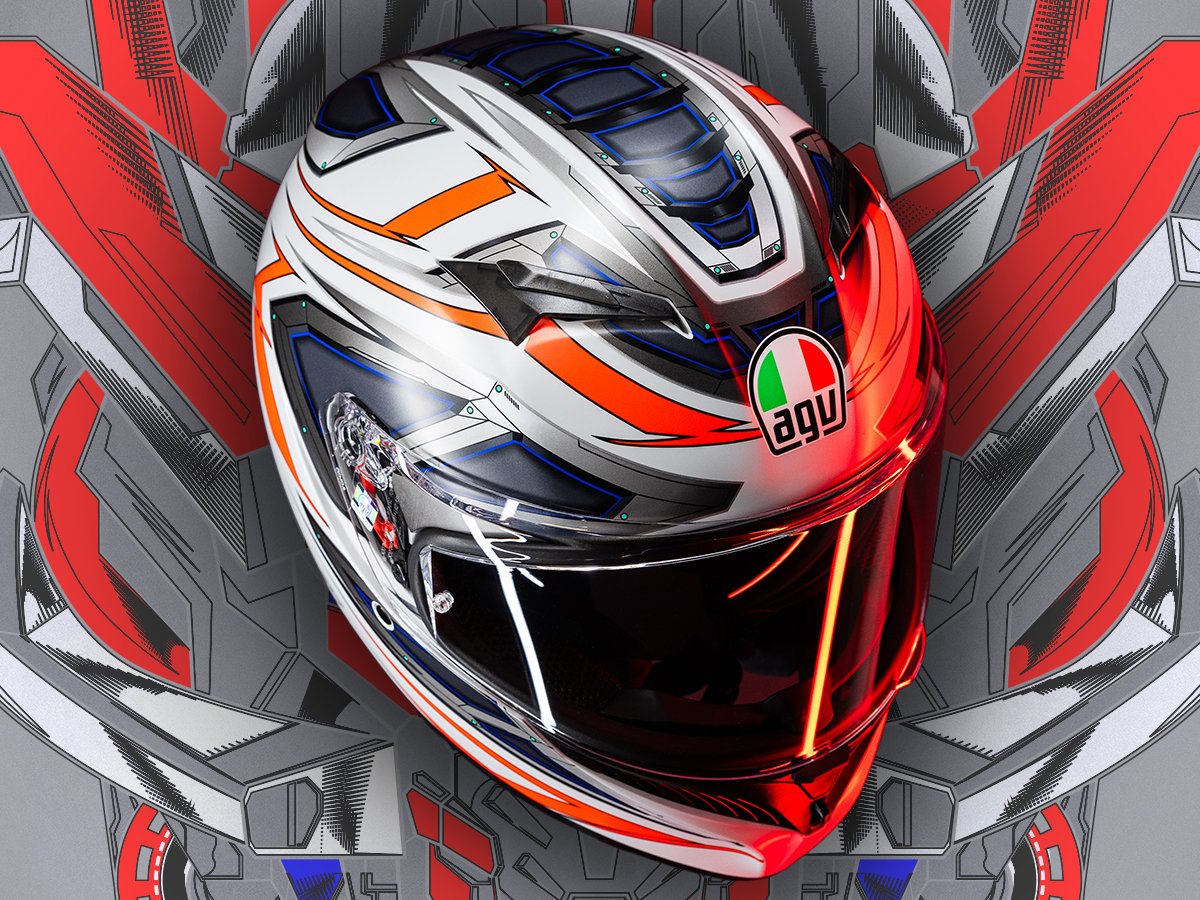In the hotly contested arena of road-focused motorcycle helmets, achieving excellence requires more than just meeting a safety standard or sporting an aggressive design. True engineering prowess reveals itself in the balance of protection, visibility, comfort, and aerodynamics. The latest iteration of AGV’s K3, now updated to meet the stringent ECE 22.06 homologation, presents a compelling case study in this balancing act. It aims to distill lessons from the premier Pista GP RR into a package accessible to the everyday enthusiast. This is not a track-day weapon; it is a meticulously engineered tool for the rider who demands pragmatic performance on the open road.
Deconstruction: The Sum of the Parts
At its core, the AGV K3 is built upon a High-Resistance Thermoplastic (HIR-TH) shell. While not the exotic composite of its race-bred siblings, this material provides the necessary impact absorption to pass the demanding ECE 22.06 tests, which now include rotational impact assessments and a wider range of impact speeds. AGV leverages three distinct shell sizes across its size range (XS-XXL), paired with a four-density EPS liner. This strategy is critical; it ensures a more proportional fit, avoiding the “bobblehead” effect of using excessive padding in a single, oversized shell and optimizing the helmet’s weight and balance for the specific wearer.
The aerodynamic signature of the K3 is immediately apparent. The shell’s profile, including an integrated rear spoiler, is a direct trickle-down from AGV’s wind-tunnel-driven racing development. The design’s objective is tangible: to achieve zero dynamic weight at a cruising speed of 130 km/h (approximately 80 mph). In practical application, this translates to reduced buffeting and less neck fatigue during sustained highway travel—a critical factor for touring and long-distance commuting. Every line and contour serves to manage airflow not just for stability, but as the first stage of the ventilation system.
Speaking of ventilation, the K3 employs a straightforward yet effective system: four adjustable front vents (three on the upper shell, one on the chin bar) work in concert with a single, high-flow rear extractor. The switchgear is designed for positive actuation, even with a gloved hand. The external placement of the chin vent switch, in particular, is a marked improvement in usability over previous internal sliders. The system is engineered to create a consistent channel of air, moving heat and moisture away from the rider’s head.


System Analysis: Optics and Interface
A helmet’s primary function is protection, but its most immediate interface with the rider is its visor system. Here, the K3 asserts a distinct advantage with its Ultravision visor. Offering a 190° horizontal field of view, it provides an expansive, panoramic perspective that is crucial for situational awareness in dense traffic or on winding roads. The optically correct, anti-scratch shield is prepared for a Pinlock 100% Max Vision 70 insert—included in the box—which stands as the industry benchmark for anti-fog performance.
Complementing the main shield is an internal drop-down sun visor. Also treated with an anti-scratch coating, it is activated by a smooth, cable-driven slider located at the helmet’s left-hand base. This placement is intuitive and easily operated mid-ride. The mechanism ensures the visor deploys and retracts without fuss, offering a crucial layer of adaptability for changing light conditions.
The visor mechanism itself showcases thoughtful engineering. It features a multi-step opening system, including a micro-opening position for a slight air gap, ideal for city riding or demisting at a standstill. The Extra Quick Release System (XQRS) is a patented AGV design that allows for tool-free visor changes, simplifying cleaning and maintenance.
Real-World Application: Fit and Performance
Inside, the K3’s fit and finish are executed with purpose. The interior liners are crafted from 2-Dry fabric, a material with immediate sweat-wicking properties. The cheek pads and crown liner are fully removable and washable, a necessity for maintaining hygiene over the life of the helmet. AGV has paid particular attention to rider comfort, employing a seamless design in sensitive areas to prevent pressure points and incorporating an embracing neck roll profile to better seal out wind noise. For riders who wear corrective lenses, the fit is specifically designed to accommodate glasses without creating undue pressure on the temples. The helmet is also ready for the installation of a generic communication system, with dedicated speaker pockets.
On the road, these elements coalesce into a cohesive and performant whole. The aerodynamic stability is noticeable, reducing the fatiguing tug of wind at speed. The expansive viewport inspires confidence, allowing the rider to see more of their environment without excessive head movement. While no helmet in this category is library-quiet, the K3 manages wind noise to a respectable level, aided by the included chin curtain. Its weight, a measured 1,500 grams for the first shell size, is a direct consequence of the robust materials required for ECE 22.06 certification. While heavier than some outgoing ECE 22.05 models, the trade-off is a verifiable, higher standard of safety. The micrometric retention system provides a secure and easily adjustable closure.
A New Benchmark for the Road
The AGV K3 (E2206) is not simply an update; it is a fundamental re-engineering of a proven platform to meet a higher standard. It successfully translates the aerodynamic and optical principles of AGV’s top-tier racing helmets into a pragmatic, road-focused tool. The adoption of the ECE 22.06 standard is not just a bullet point on a spec sheet; it represents a tangible increase in protective capability. For the discerning rider whose adventures unfold on the street and highway, the K3 delivers a potent combination of safety, expansive vision, and long-haul comfort. It stands as a powerful refutation of the idea that premium features are the exclusive domain of the racetrack.

